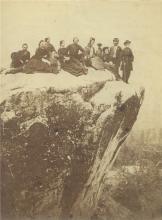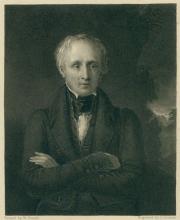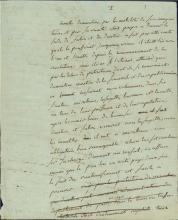Before Chickamauga
Submitted by Carolyn Vega on Tue, 04/12/2011 - 12:44pmThe first shots of the American Civil War were fired 150 years ago today from Fort Sumter, South Carolina, and the two-day bombardment ended in the surrender of the fort to Confederate General Beauregard. There were no casualties in this initial engagement, but in the following four years at least 618,000 died. It remains the bloodiest war in United States history.










